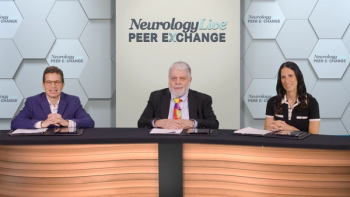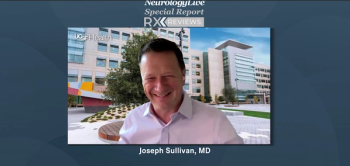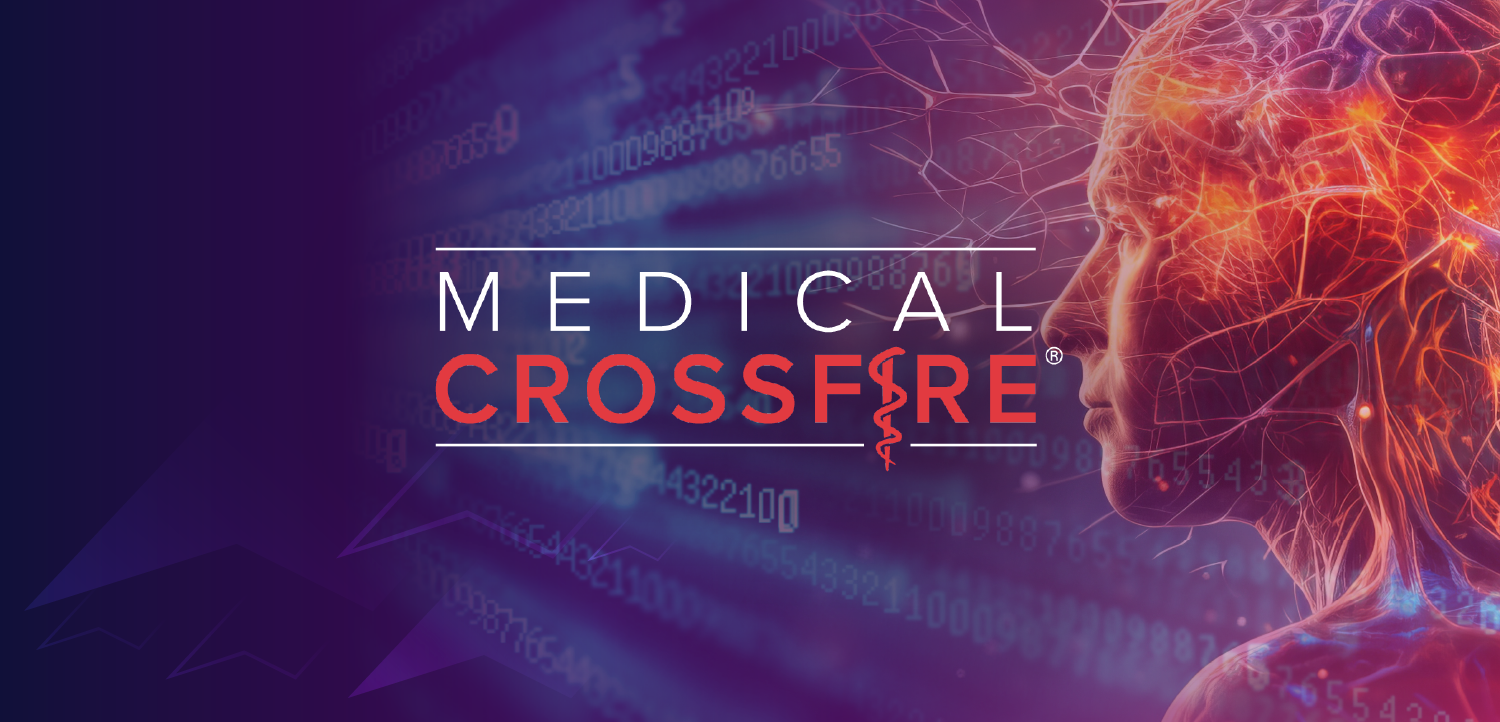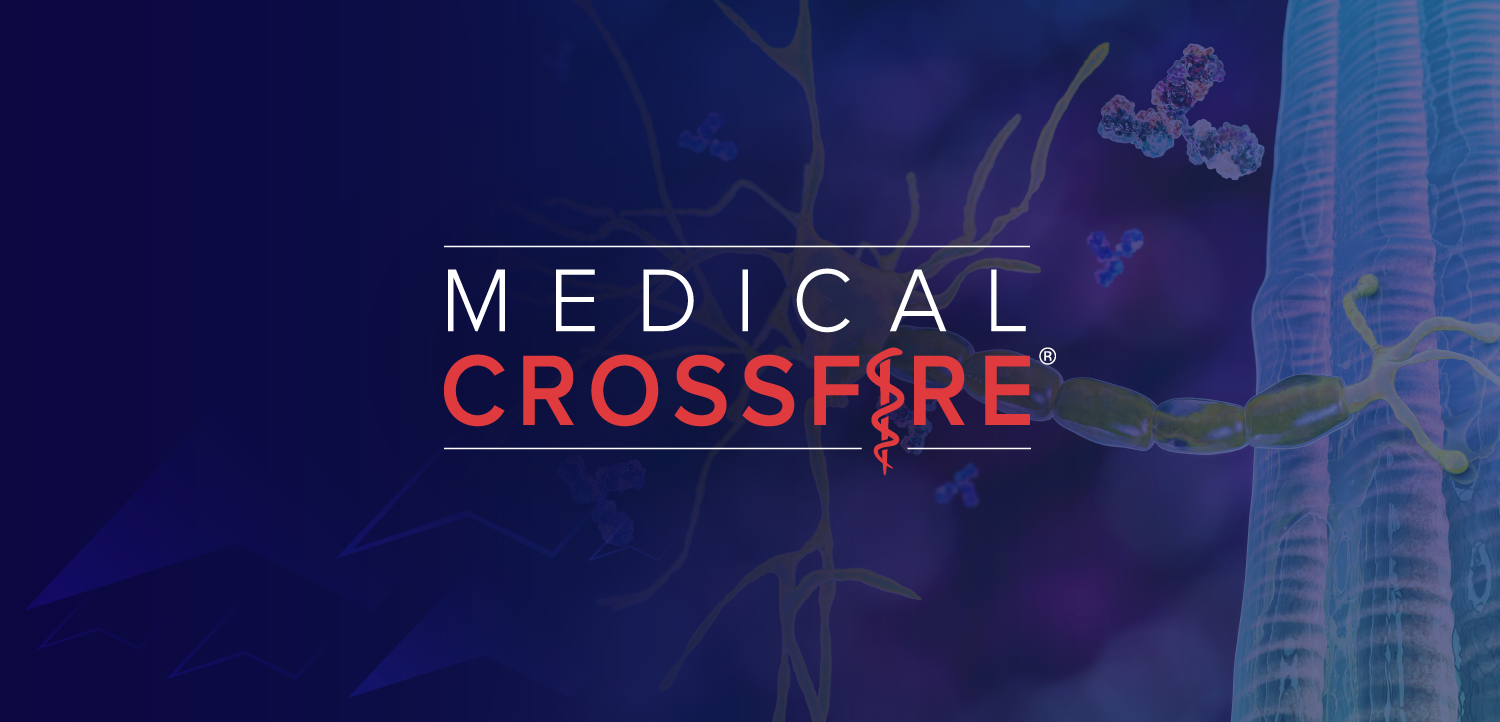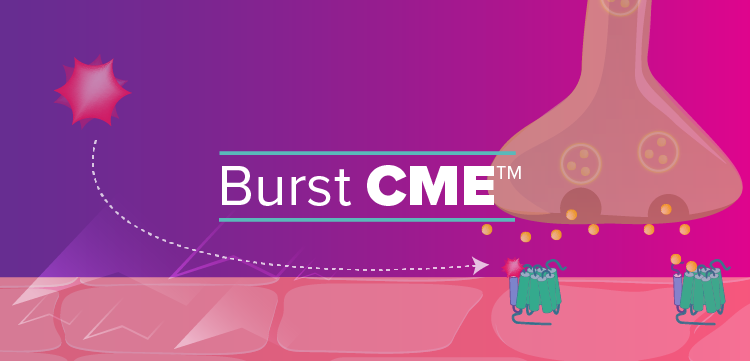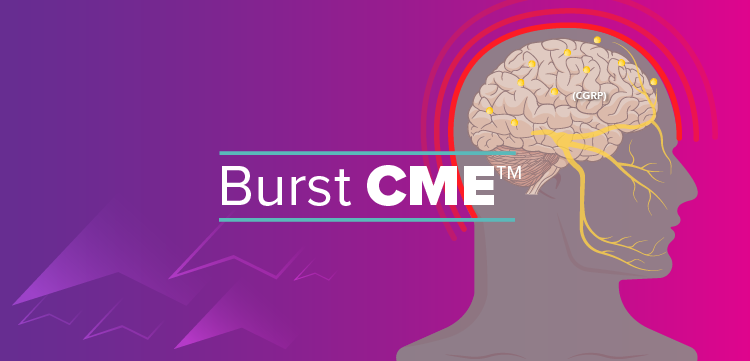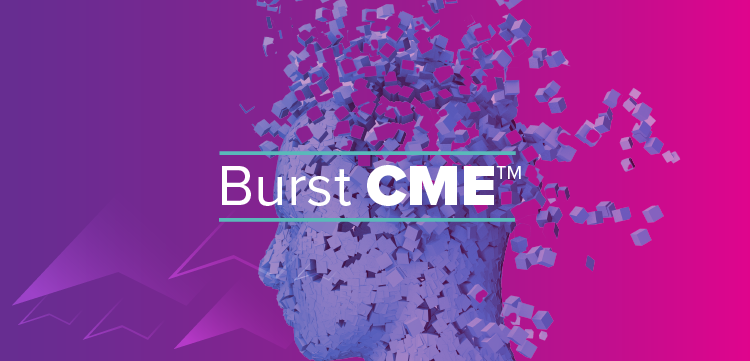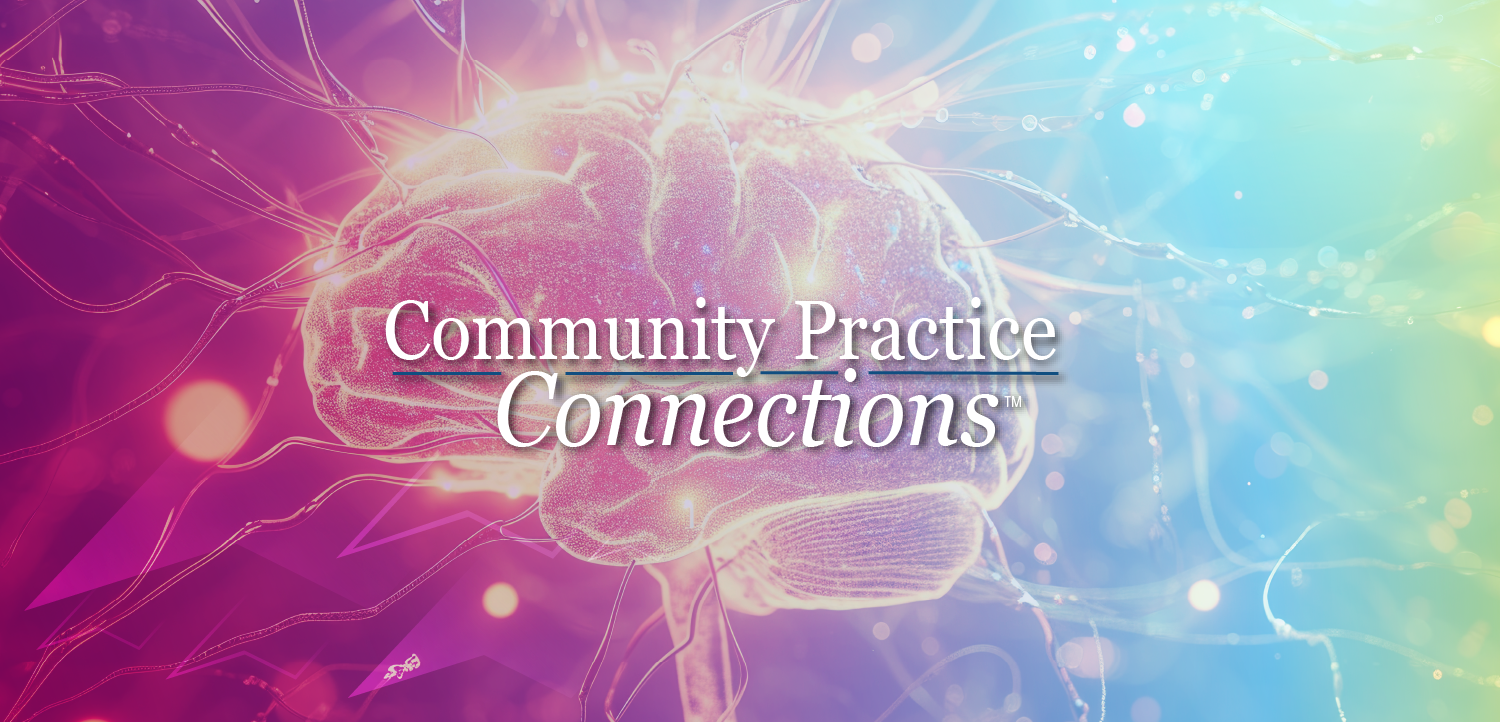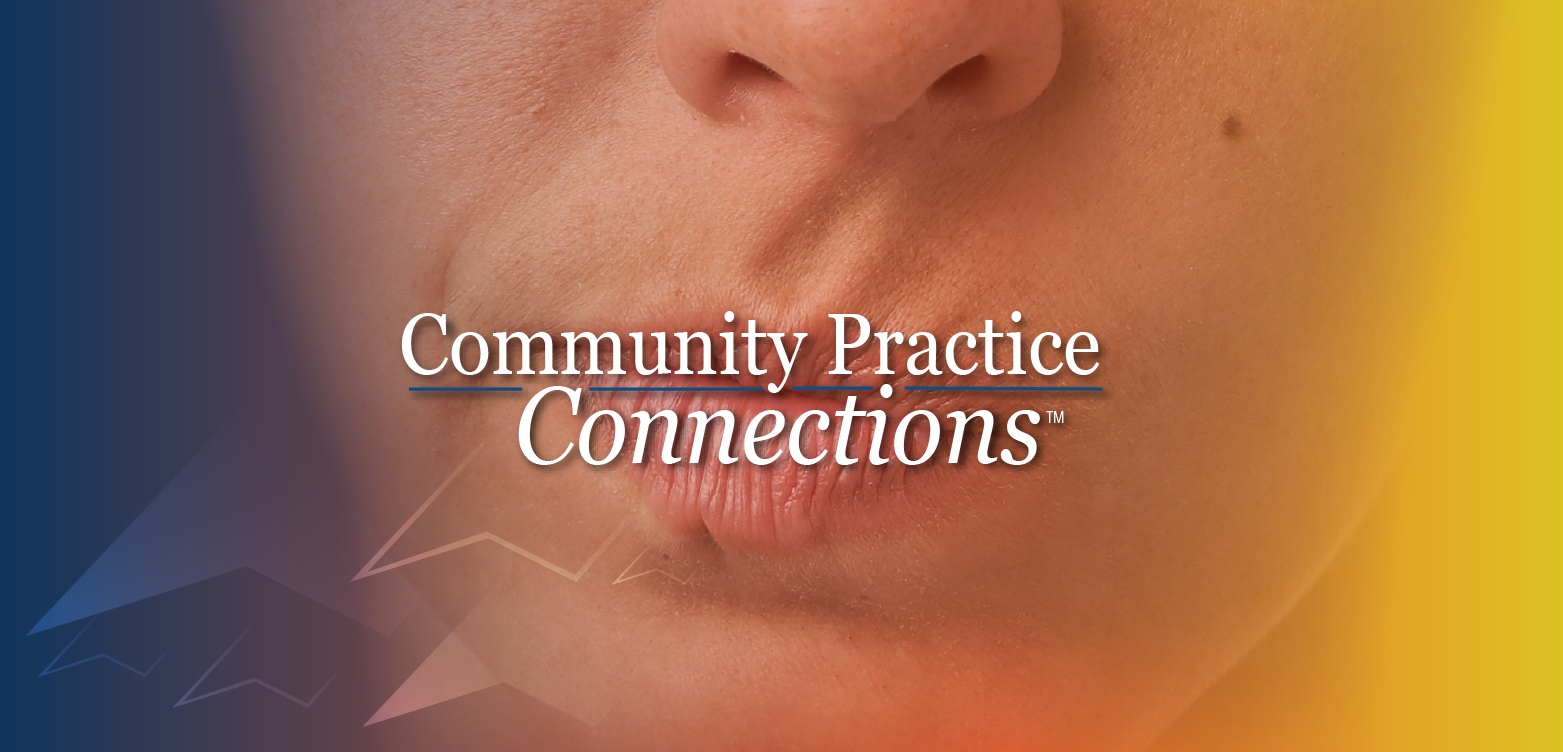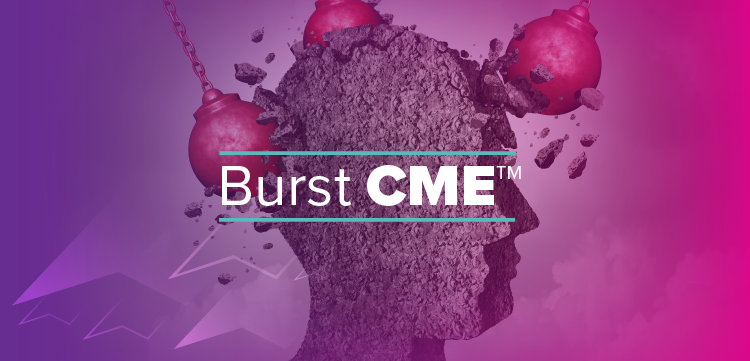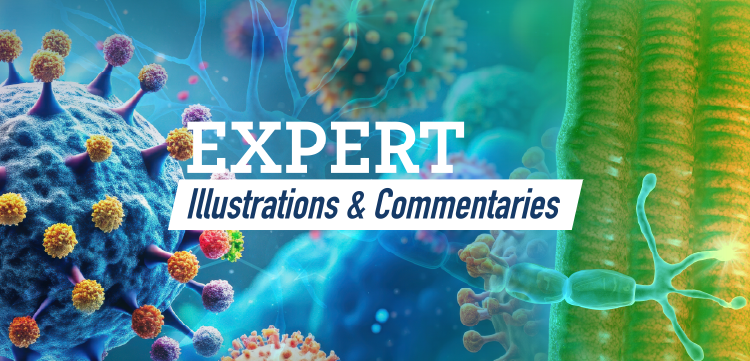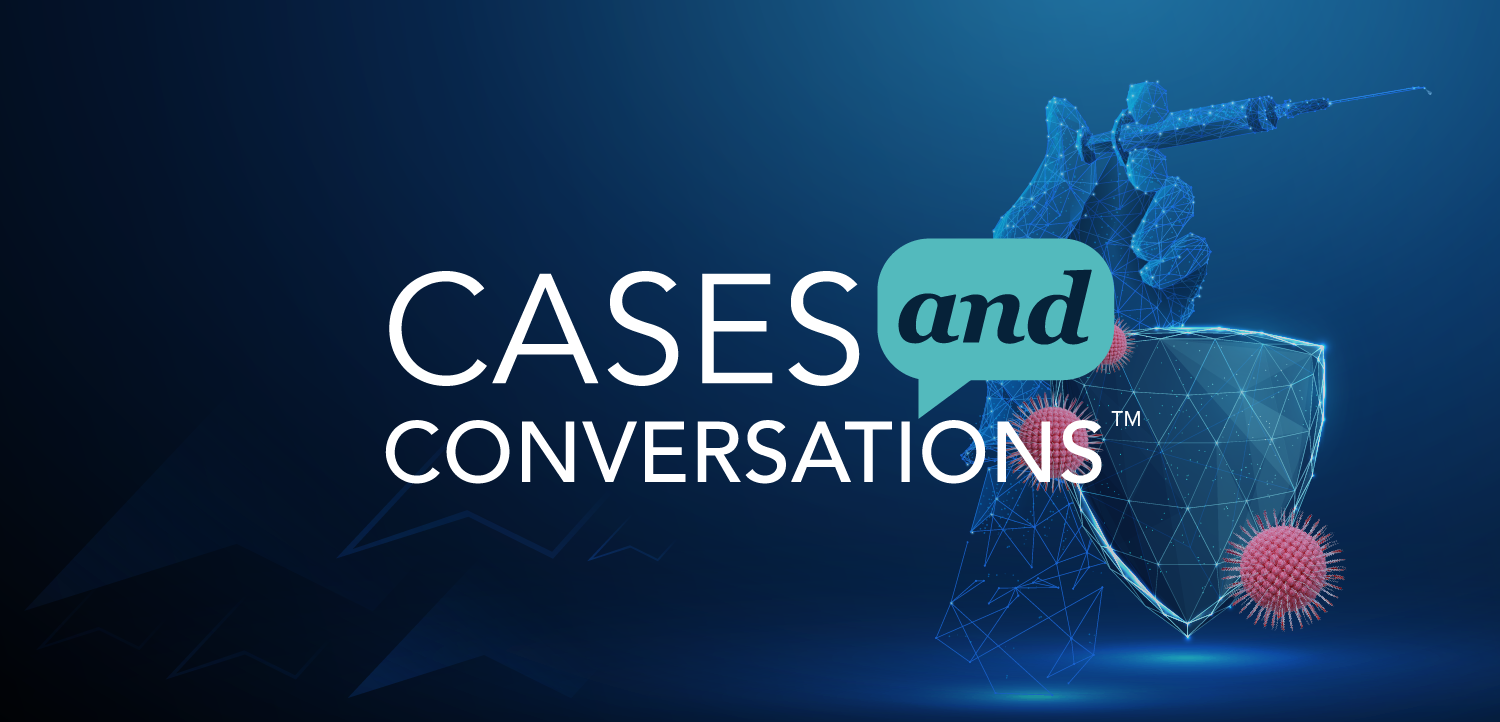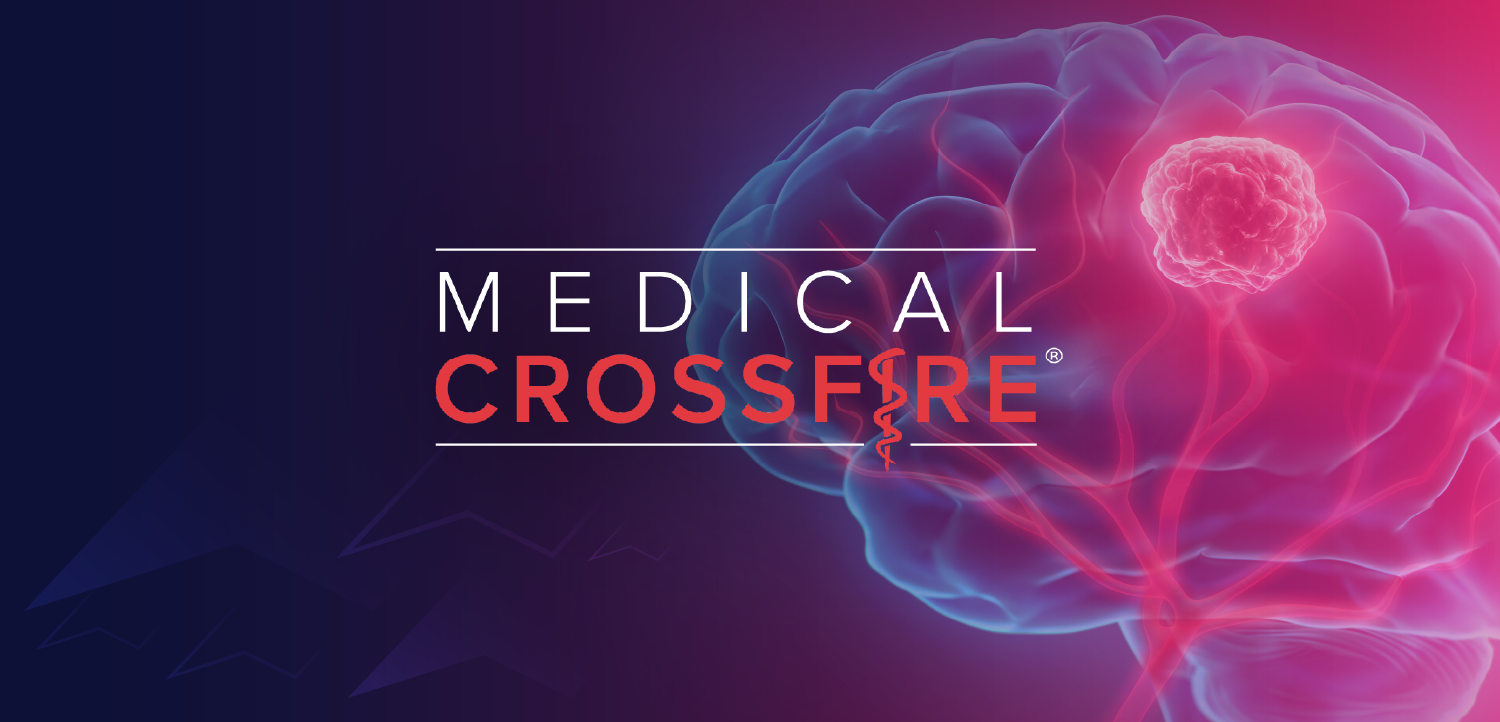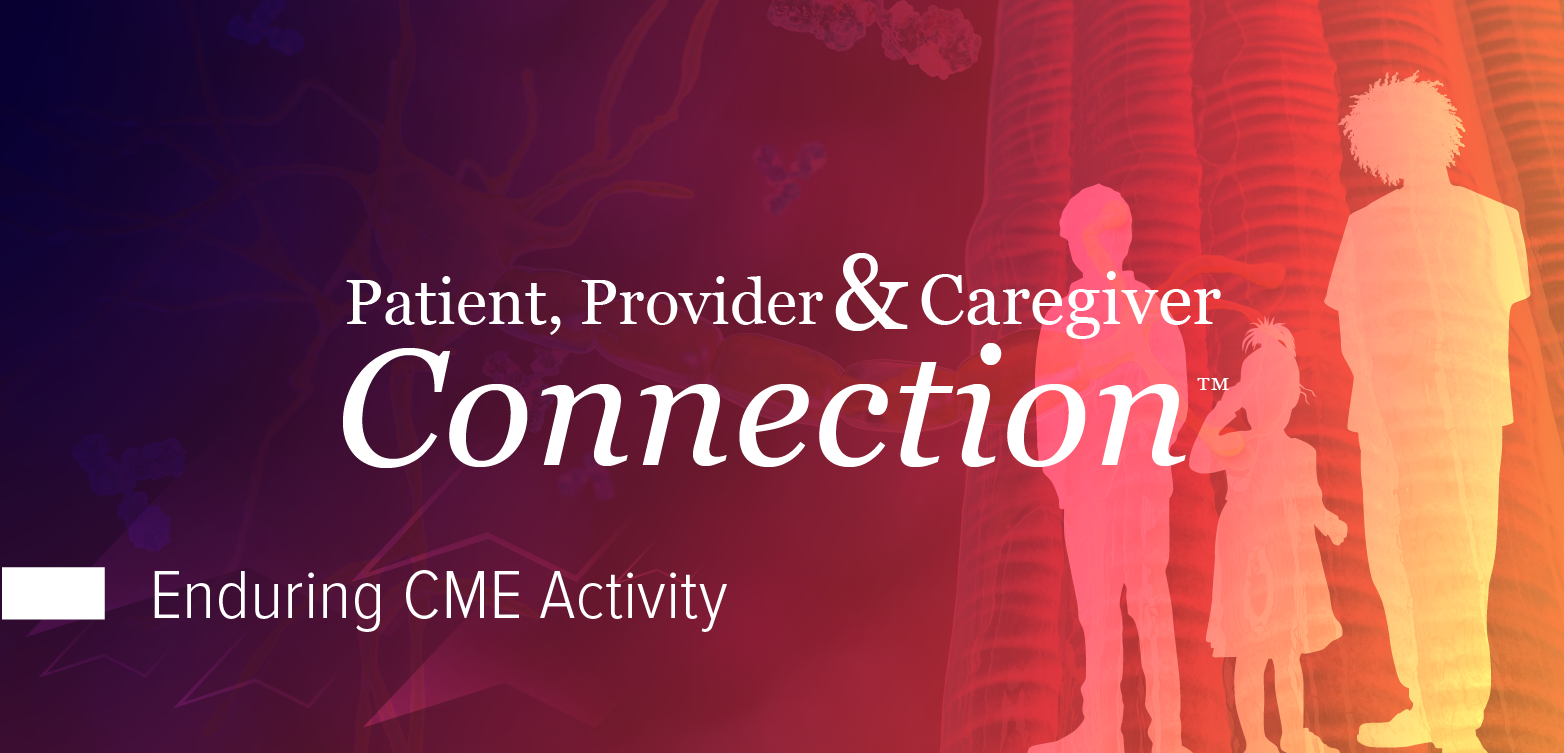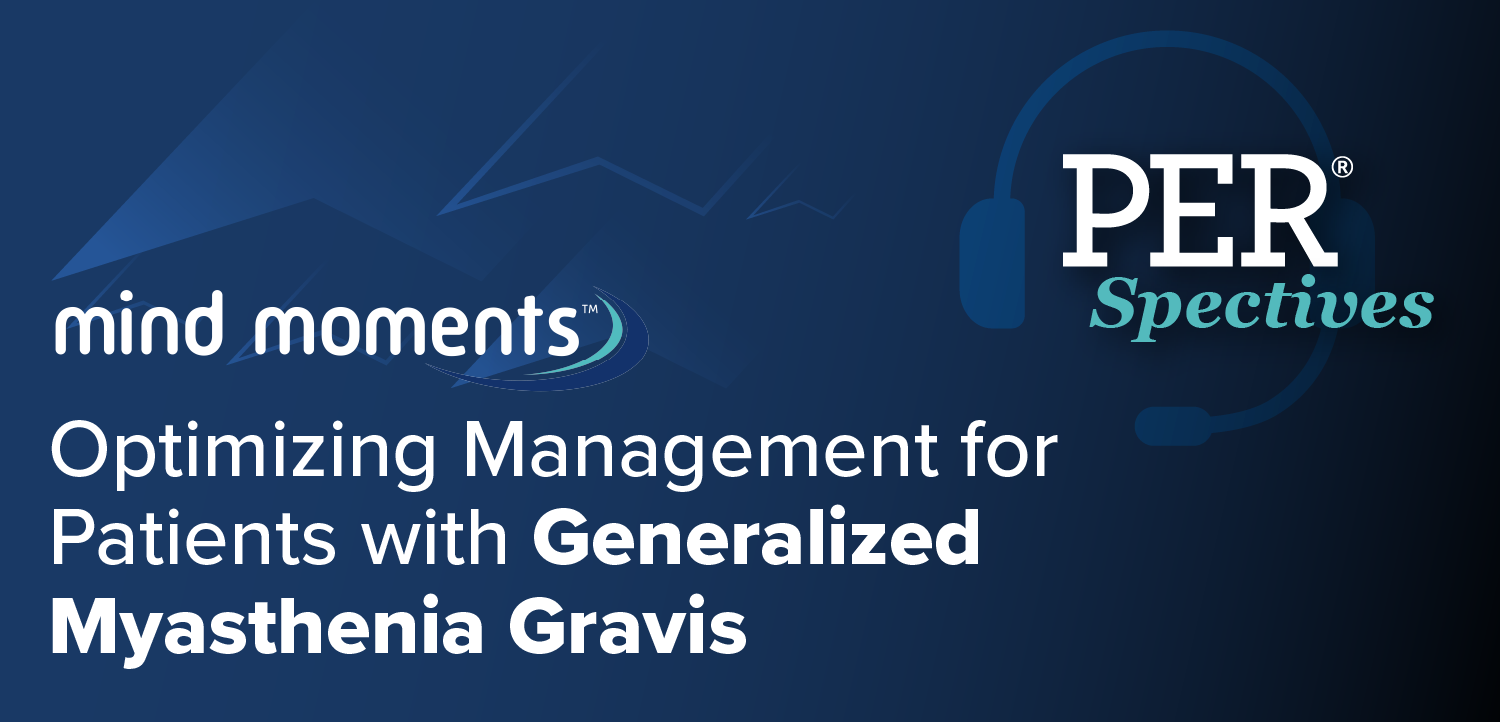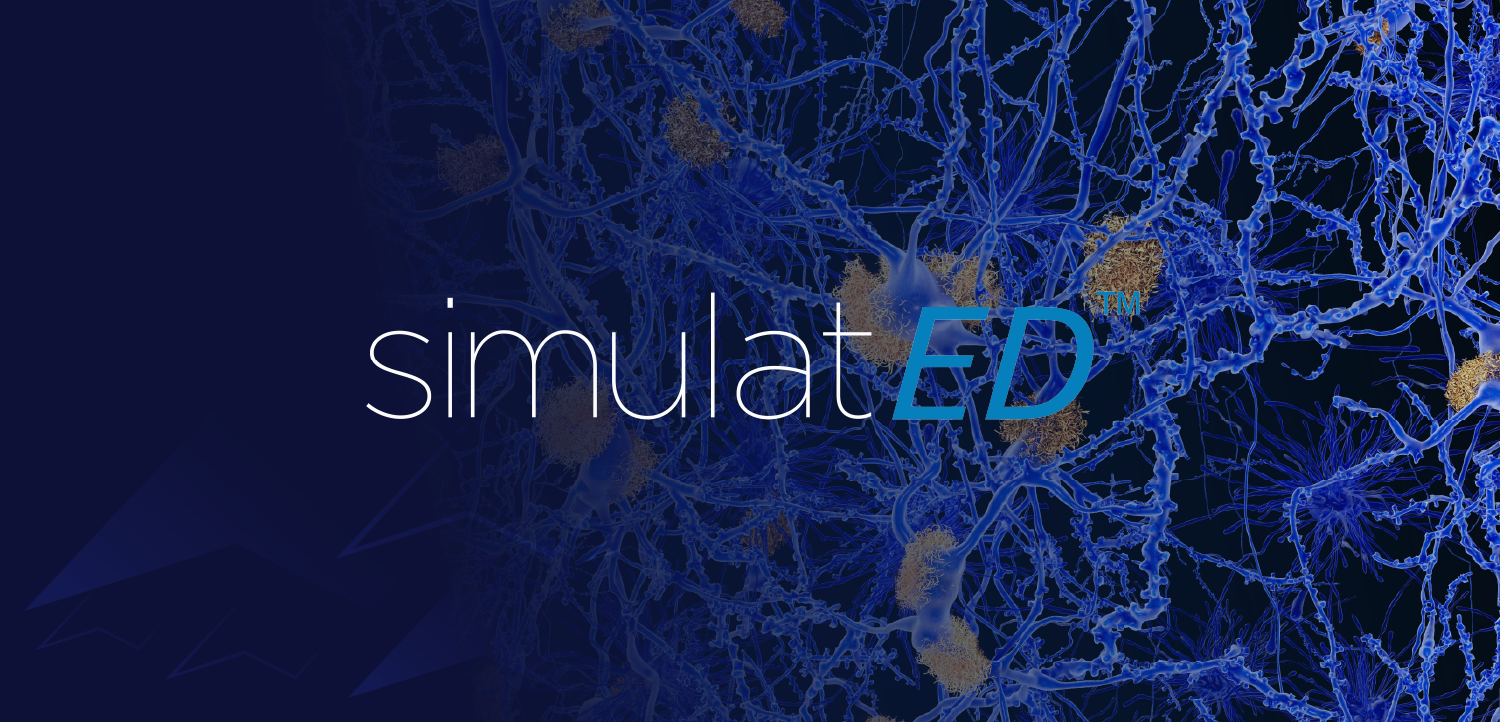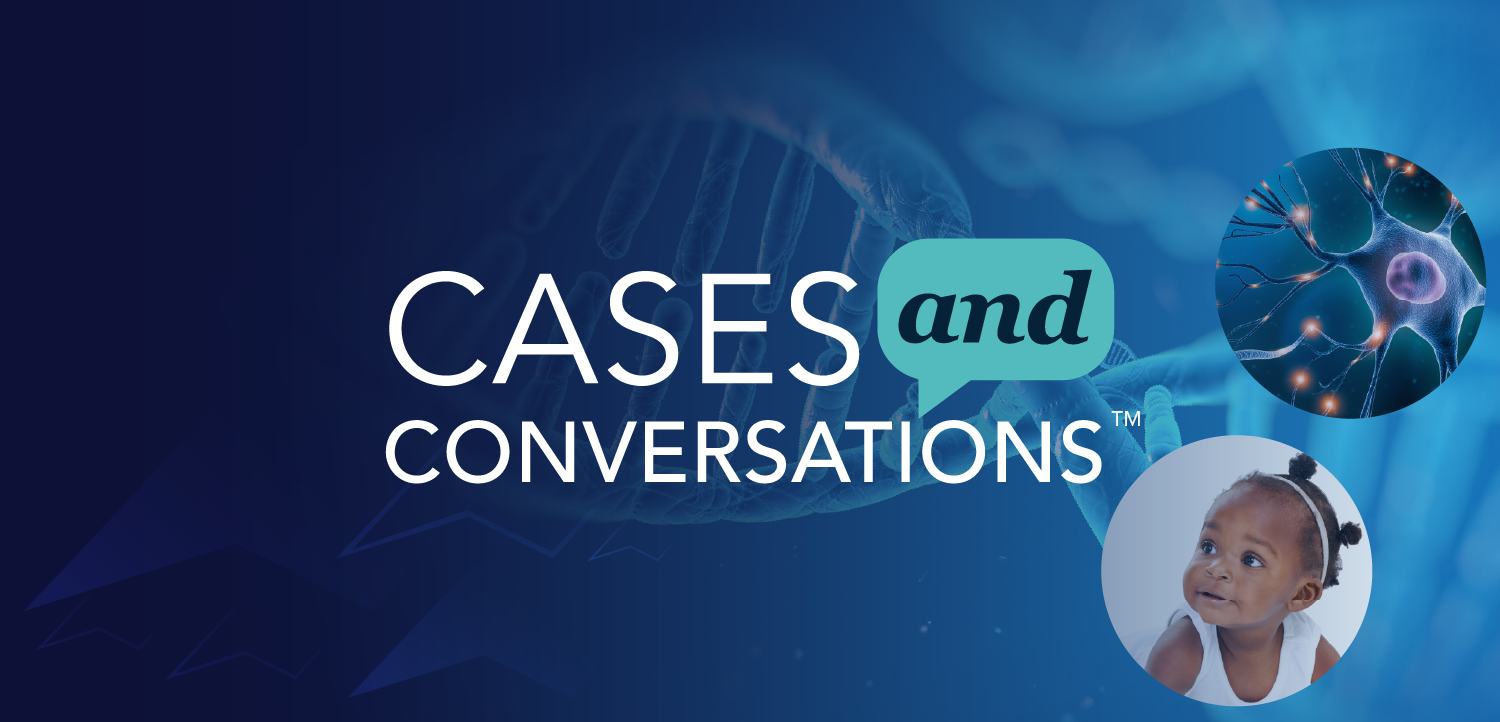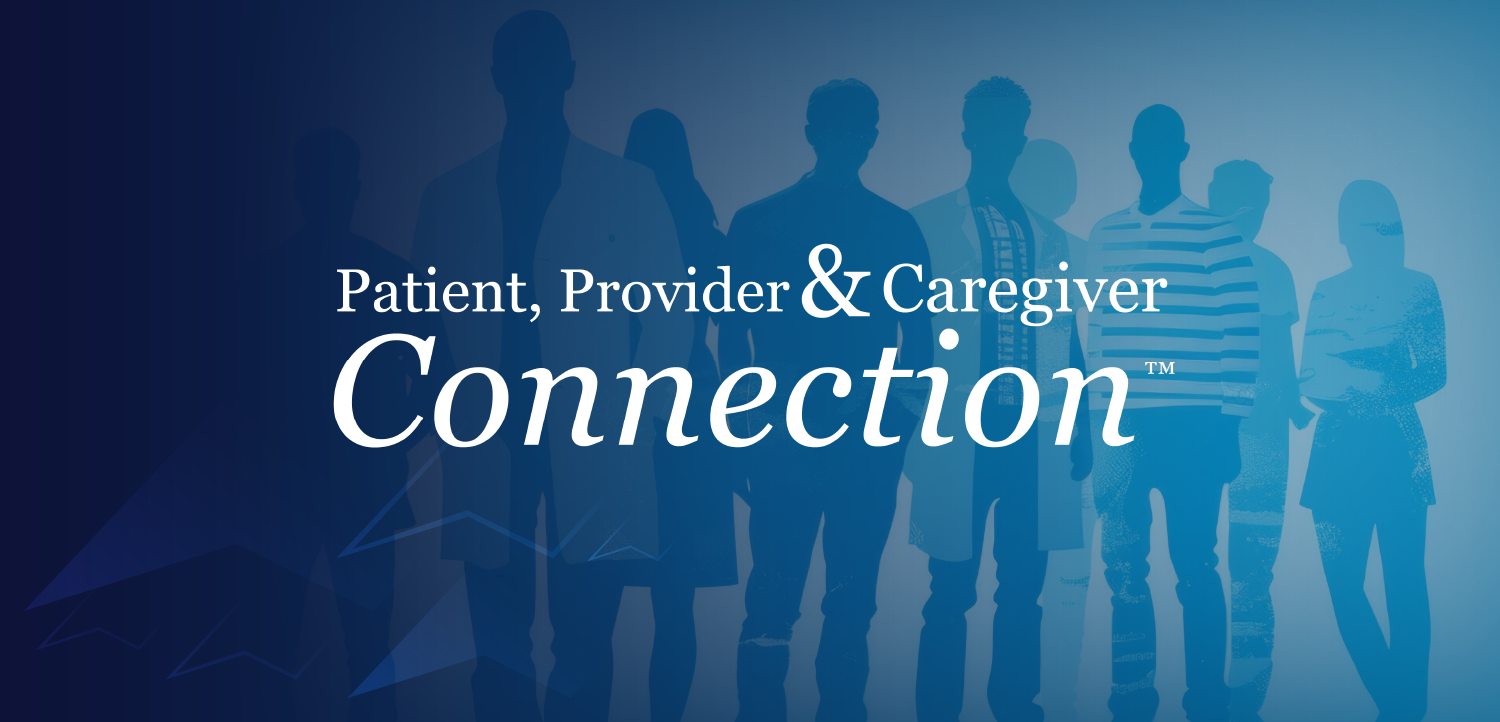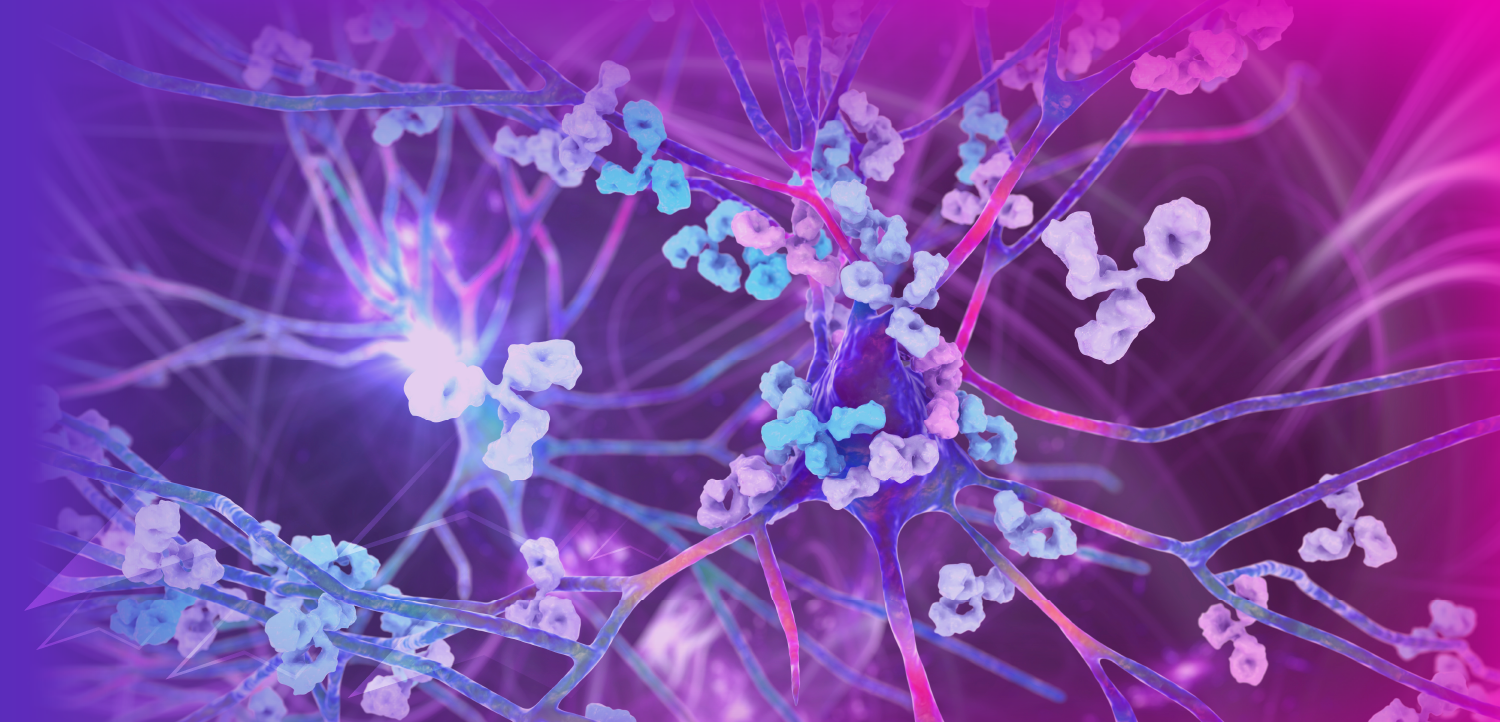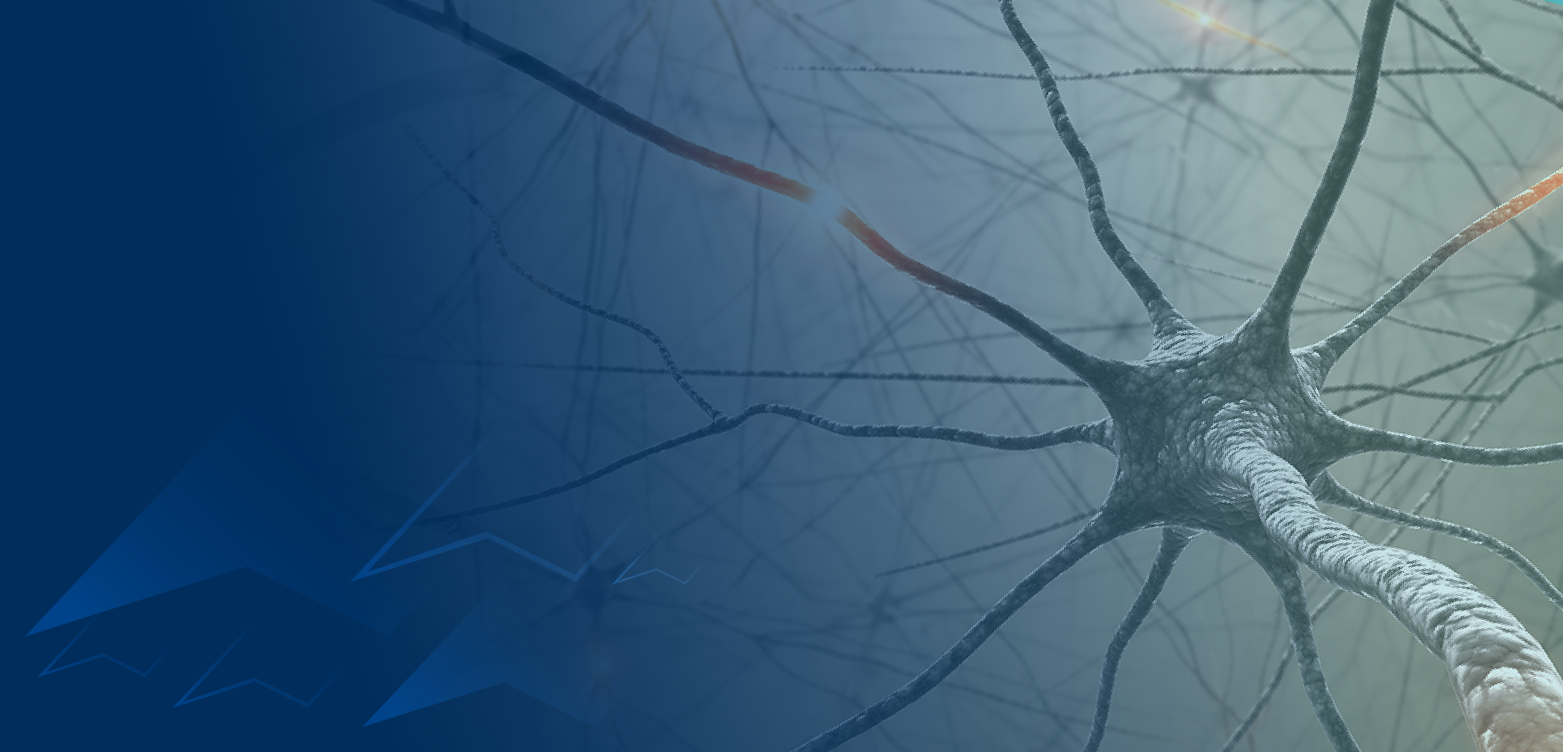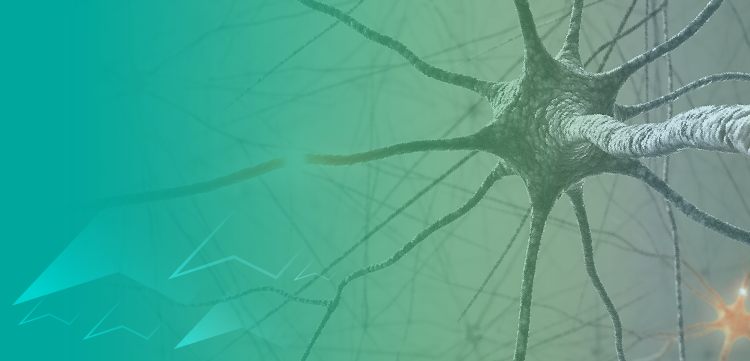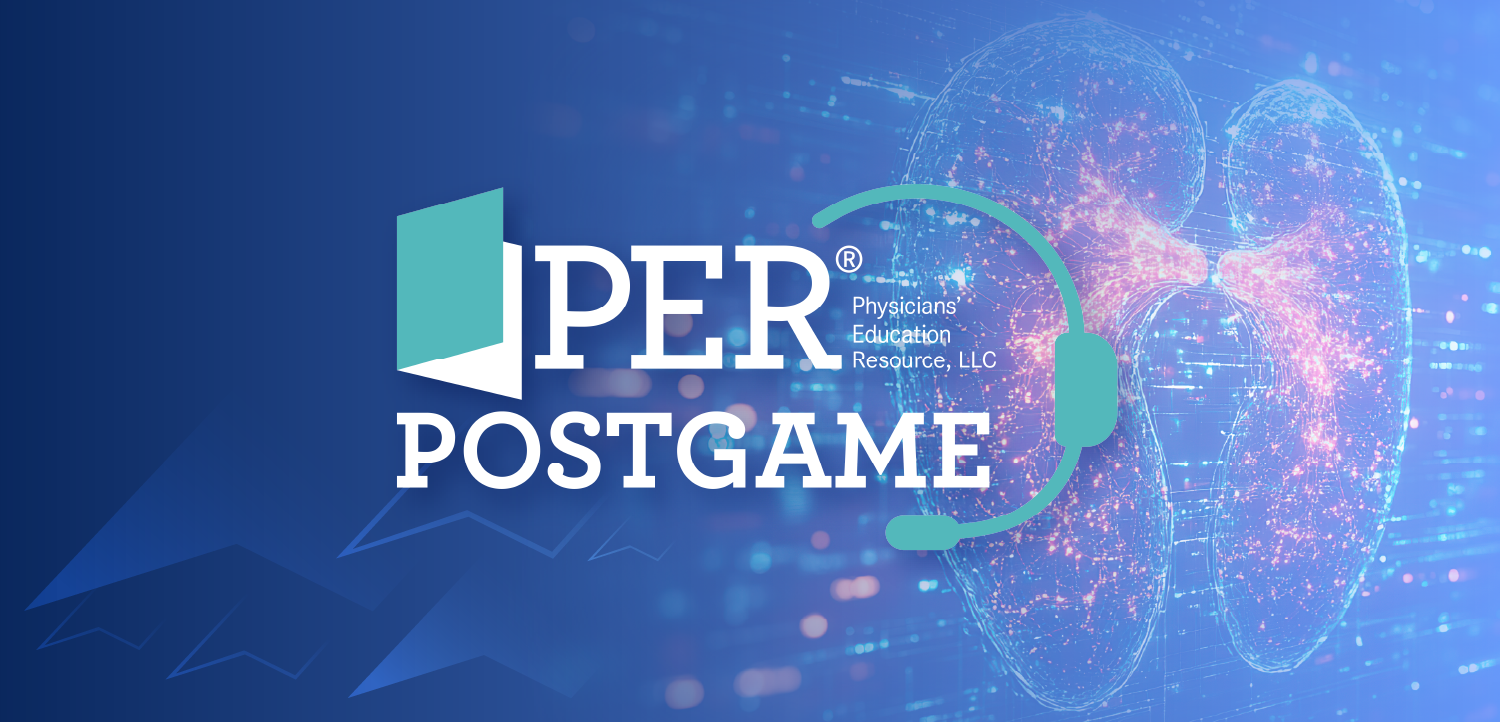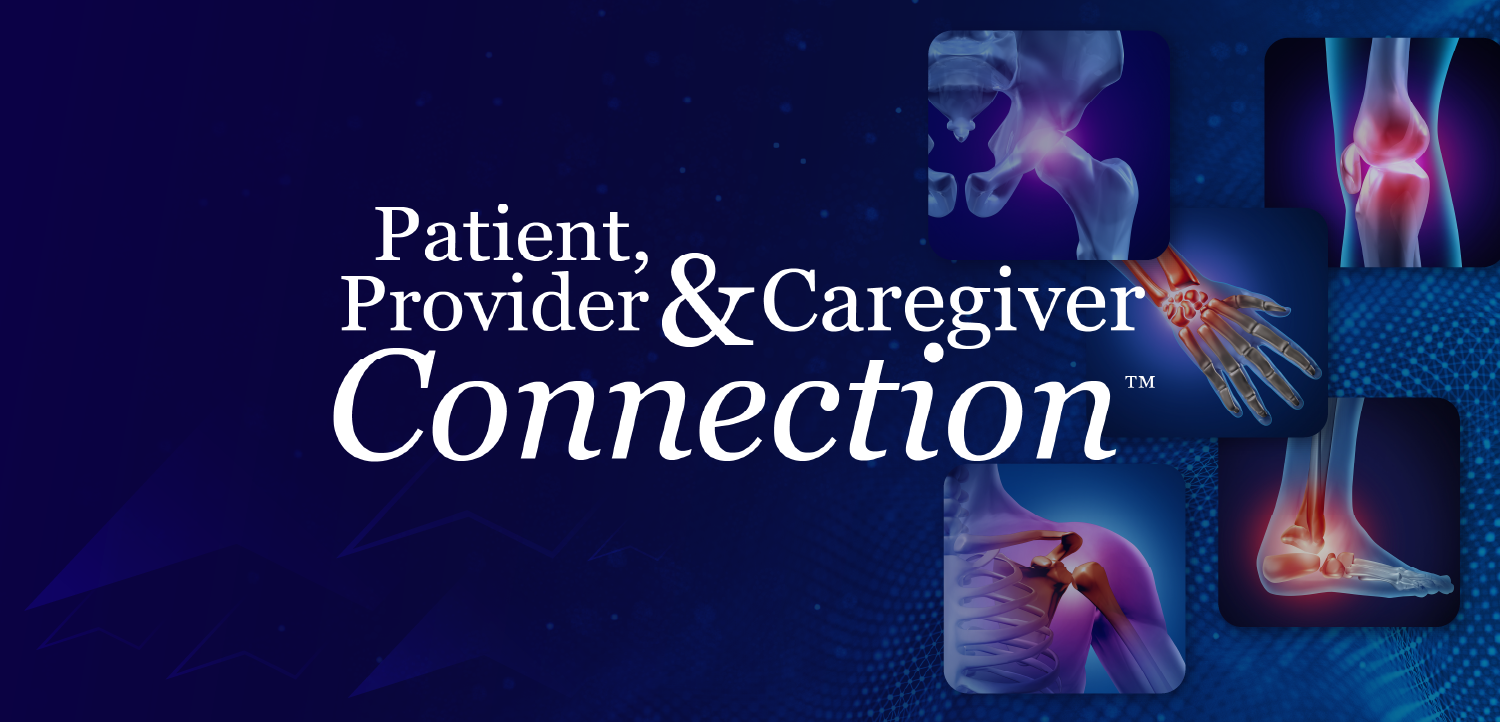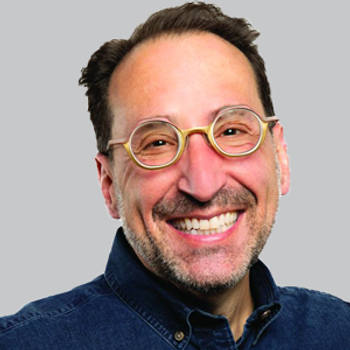
Breaking Down ISC 2025: Key Takeaways From Experts in Stroke Neurology
Stroke neurologists Lauren Sansing, MD, MS, FAHA, FANA, and Bijoy Menon, MD, MSc, FRCPC, provided a post-conference perspective on the emerging data and research presented at the 2025 International Stroke Conference.
The
Over 1400 abstracts were submitted to the conference, with a diverse range of topics, such as acute stroke management, prevention, health systems improvement, and neuroimaging techniques. The meeting also featured more than 10 late-breaking trials, many of which focused on expanded time windows for thrombolysis, novel adjunctive therapies for thrombectomy, and improved post-stroke recovery protocols. In addition, the hybrid format for the meeting allowed over 25% of attendees to join virtually enabling broader accessibility to sessions and discussions.
At the conclusion of the meeting, NeurologyLive® sat down with ISC chair Lauren Sansing, MD, MS, FAHA, FANA, and vice chair Bijoy Menon, MD, MSc, FRCPC, to give clinical perspectives on the greatest takeaways from the event. Sansing, a professor of neurology and vice chair of faculty affairs at the Yale School of Medicine, and Menon, a professor of neurology at the University of Calgary, emphasized the growing role of innovative technologies, including artificial intelligence, in improving the dissemination of stroke science and optimizing patient care.
In the discussion, Sansing highlighted new approaches to poster presentations, clinical trial updates, and secondary prevention strategies like the C3FIT trial. Additionally, Menon underscored advancements in thrombolysis and thrombectomy, particularly extending the treatment window for late-arriving stroke patients and refining techniques for large vessel occlusions. Together, they reflected on the importance of global collaboration and equitable access to stroke care while envisioning future directions for the field.
NeurologyLive: How did this year’s ISC differ from previous iterations of the meeting?
Lauren Sansing, MD, MS, FAHA, FANA: Well, I'll start with a couple of key differences and ways we were trying to improve the dissemination of the science out to the medical world as well as the public. Partnering with our colleague, Lee Schwamm, we started innovating with AI and generative AI. So, we had some sessions recorded into the American Heart Association’s secure framework of Microsoft Copilot. It involved listening to the sessions and creating synopses that were high-level, very detailed, and very accurate, so we could post them in different areas and help spread the word about what was being discussed—the key highlights from the meeting.
We had some podcasts about guidelines and statements created. We even played around a little for fun by having AI listen to the session and then ask questions to the panelists. That was important work because it speeds up how quickly we can get the science results out to the field, but it also brought some fun to engage people and test how well the technology works.
Bijoy Menon, MD, MSc, FRCPC: Another key aspect that stood out was the NeuroTalk theaters. A big part of ISC is clinical trials. People come to the conference to hear what the trials are saying about new advancements, and now they have an opportunity to sit with clinical trial experts and discuss their questions in a more informal setting, rather than the formal setting of a talk. I think this was a big hit, and there’s been great feedback on the NeuroTalk theaters. It’s something I imagine will carry forward, much like the digital posters.
Lauren Sansing, MD, MS, FAHA, FANA: We added a new format for poster presentations—digital moderated posters. These were very short presentations where the poster was displayed on a screen, moderated by an expert in the field, and presenters had just a few minutes to give the highlights. Those drew crowds and generated a lot of excitement. I think it was fun and definitely something we want to do more of in the future.
From a clinical perspective, where are we making the greatest strides in the stroke field?
Lauren Sansing, MD, MS, FAHA, FANA: I think there’s been a lot of attention on large vessel occlusions. These are ischemic strokes with proximal clots in the vessels. A couple of trials being presented today are looking at adjunctive thrombolytics—whether it’s alteplase or tenecteplase—after thrombectomy. So, patients are going to the angio suite, getting their clot retrieved, but there’s this phenomenon called no-reflow. The main blood vessel is open, but full blood flow isn’t restored to the smaller blood vessels, like the capillaries. It seems like a low dose of thrombolytic is now showing consistent positive results in improving outcomes. That’s super exciting because it builds on prior work and now shows it can be replicated.
In the thrombectomy space, we’re also learning about our current limits with existing technology. On Wednesday, three trials presented a strong consensus that going after more distal blood vessels with thrombectomy didn’t benefit patients. In fact, with very distal vessels, there was a signal for harm. Overwhelmingly, we know that treating proximal large vessel occlusions improves outcomes, but for more distal occlusions, we need to focus on medical care instead.
Bijoy Menon, MD, MSc, FRCPC: Another important aspect is the idea that we can do more for patients who present late. There’s a trial showing thrombolysis with alteplase works in an extended time window. This is crucial for patients who wake up with a stroke or who are alone when it happens and come in late. Until now, these patients weren’t candidates for thrombolysis. But with this trial—and more trials in the future—we’re pushing the boundaries for giving clot-busting drugs.
Also, intra-arterial Tenecteplase trial is a trial showing that clot-busting drugs can be administered intra-arterially during thrombectomy up to 24 hours. It’s improving outcomes in these patients. This expands how we can treat stroke patients acutely, and it’s a key takeaway from ISC 2025.
Lauren Sansing, MD, MS, FAHA, FANA: I’d add recovery and prevention as another focus. The C3FIT trial highlighted longitudinal interventions after a stroke—monthly follow-ups with nurses and health advocates to better control risk factors like blood pressure, diabetes, and smoking. The data showed meaningful impacts in these areas. It’s not surprising that engagement helps, but this isn’t our standard of care. So, it’s good to have data to back up that this approach works.
Can we confidently say we’ve expanded the golden window of treating stroke?
Bijoy Menon, MD, MSc, FRCPC: First, patients need to be brought into the hospital as soon as a stroke is detected—that’s key. The highest evidence shows that the sooner patients come in, the better. The extension of the time window is no excuse for delaying treatment. However, with these trials, the key is patient selection. The evidence is increasingly strong that if you select the right patients, even if they come in beyond 4.5 hours, they can still be safely treated and benefit.
This is how a field advances. It’s similar to thrombectomy: initial trials focused on the early window, and later trials pushed it to the extended window up to 24 hours. The same is happening with thrombolysis. This trial from Asia is promising, and more trials over the next few years will strengthen the evidence and push care forward.
Lauren Sansing, MD, MS, FAHA, FANA: I’ll add that we’re still seeking the holy grail of preserving and protecting the brain when it’s exposed to ischemia or hemorrhage. There’s a lot of research into how brain cells die and how to minimize damage while we work on opening blood vessels or removing hemorrhages. These therapies are in preclinical and early-phase trials, but the next few years should bring exciting results.
What are some of the main goals of the AHA going forward?
Lauren Sansing, MD, MS, FAHA, FANA: One clear goal is addressing disparities in stroke care. Stroke care isn’t equal across the country—or the world. Understanding barriers and improving the health system so patients get the right care at the right time is critical. Telemedicine is a key area of innovation. Telestroke led the way, and we know it works to connect patients in different communities with experts. Innovating further in prevention, acute treatment, and recovery is a major focus, and I hope future ISCs showcase progress in these areas.
Bijoy Menon, MD, MSc, FRCPC: ISC is where the best stroke science emerges, and that science pushes treatment forward. Supporting this research is critical. The work you do to communicate its importance helps society understand why this research is essential. The more awareness we create, the better the research and care become.
Newsletter
Keep your finger on the pulse of neurology—subscribe to NeurologyLive for expert interviews, new data, and breakthrough treatment updates.

